Table of Contents
Guide
Table of Contents
Books by Wendell Berry
FICTION
The Discovery of Kentucky
Fidelity
Jayber Crow
The Memory of Old Jack
Nathan Coulter
A Place on Earth
Remembering
Three Short Novels
Two More Stories of the Port William Membership
Watch With Me
The Wild Birds
A World Lost
POETRY
The Broken Ground
Clearing
Collected Poems: 19571982
The Country of Marriage
Entries
Farming: A Hand Book
Findings
Openings
A Part
Sabbaths
Sayings and Doings
The Selected Poems of Wendell Berry (1998)
A Timbered Choir
Traveling at Home (with prose)
The Wheel
ESSAYS
Another Turn of the Crank
The Art of the Commonplace
Citizenship Papers
A Continuous Harmony
The Gift of Good Land
Harlan Hubbard: Life and Work
The Hidden Wound
Home Economics
Life Is a Miracle
The Long-Legged House
Recollected Essays: 19651980
Sex, Economy, Freedom and Community
Standing By Words
The Unforeseen Wilderness
The Unsettling of America
What Are People For?
For Anne and Harry Caudill
From the beginning we had seen virtually no wilderness. Rice terraces had climbed thousands of feet up hillsides, prayer flags flapped at the passes; paths occasionally edged with mani walls crisscrossed the country. For all the size, for all the intransigent power of the ice-crusted wall to the north, wilderness, as western man defines it, did not exist. Yet there was no impression of nature tamed. It seemed to me that here man lived in continuous harmony with the land, as much and as briefly a part of it as all its other occupants. He used the earth with gratitude, knowing that care was required for continued sustenance. He rotated crops, controlled the cutting of wood, bulwarked his fields against erosion. In this peaceful co-existence, man was the invited guest.
Thomas F. Hornbein, Everest: The West Ridge
A Secular Pilgrimage
 O
ONE OF THE MOST exciting and vital kinds of poetry being written now in this country is nature poetry. There is some danger of oversimplification in saying so, for you will not find many poets, if any, who are writing only about nature; those who are writing the best nature poems are also writing well on other subjects: the city, love, marriage, politics, war, history, art, and so on. But running through the work of such poets as Gary Snyder, Denise Levertov, and A. R. Ammons, there is a sustained attentiveness to nature and to the relation between man and nature.
Nature poetry is a clumsy term, and it presents immediate difficulties, for there is a sense in which most poetry is nature poetry; most poets, even those least interested in nature, have found in the natural world an abundant stock of symbols and metaphors. But I will use the term here to refer only to those poets who seem to me to have turned to the natural world, not as a source of imagery, but as subject and inspirationas Marvell and Wordsworth and Thoreau (in his prose) turned to it. With those men nature was of primary interest; by seeing into its life they sensed the presence of a shaping and sustaining spirit within it. With poets such as Donne or Pope or Shelley the particulars of nature were only of secondary interest insofar as they stood for an abstraction that interested the poet primarily and that he had in mind before he turned to nature for an image.
The nature poets of our own time characteristically approach their subject with an openness of spirit and imagination, allowing the meaning and the movement of the poem to suggest themselves out of the facts. Their art has an implicit and essential humility, a reluctance to impose on things as they are, a willingness to relate to the world as student and servant, a wish to be included in the natural order rather than to conquer nature, a wish to discover the natural form rather than to create new forms that would be exclusively human. To create is to involve oneself as fully, as consciously and imaginatively, as possible in the creation, to be immersed in the world. In Some Notes on Organic Form Denise Levertov has said: For me, back of the idea of organic form is the concept that there is a form in all things (and in our experience) which the poet can discover and reveal. Form, she says, is never more than the revelation of content. And she speaks of a religious devotion to the truth, to the splendor of the authentic....
As I have already made clear, this poetry arises out of a state of mind that could very accurately be described as religious. I am probably giving that adjective a broader application than it usually has. My use of it might, I suppose, be defined as primitive. I would apply it, for instance, to the sense of the presence of mystery or divinity in the world, or even to the attitudes of wonder or awe or humility before the works of the creation. And I will not use the word here to refer to any of those revealed certainties that are so large a part of the lore of the various churches. A better term than religious might be worshipful, in the sense of valuing what one does not entirely understand, or aspiring beyond what may be known. There is a passage in John Stewart Colliss book The Triumph of the Tree that will serve perfectly as a definition of the state of mind I am talking about; he is speaking of primitive man:
Having become aware of objects and begun to name them, this Earliest Man became aware of something else. It is a remarkable fact that no sooner had he looked closely at the phenomena of Nature than he began to concern himself with, not the visible object in front of him which he could clearly see, but with an invisible object which he could not see at all. He looked at the trees, the rocks, the rivers, the animals, and having looked at them he at once began to talk about something in them which he had never seen and never heard of. This thing inside the objective appearance was called a god. No one forced man at this time to think about gods, there was no tradition imposing it upon himand yet his first thoughts seem to have turned towards a Thing behind the thing, a Force behind or within the appearance. Thus worship...
The peculiar aspiration of the contemporary nature poetry might be fairly accurately suggested by calling it a secular pilgrimageat least that is a phrase that has begun to accompany it in my own thinking. It is secular because it takes place outside of, or without reference to, the institutions of religion, and it does not seek any institutional shrine or holy place; it is in search of the world. But it is a pilgrimage nevertheless because it is a religious quest. It does not seek the world of inert materiality that is postulated both by the heaven-oriented churches and by the exploitive industries; it seeks the world of the creation, the created world in which the Creator, the formative and quickening spirit, is still immanent and at work. This sense of immanence is given memorably in two lines of Guy Davenports long poem,


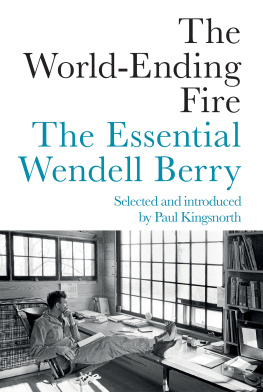


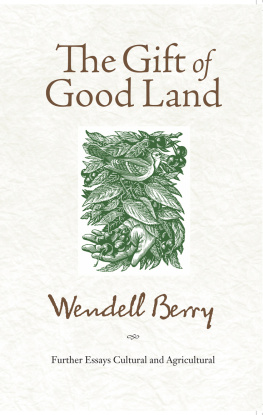
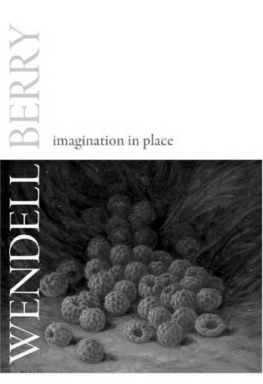
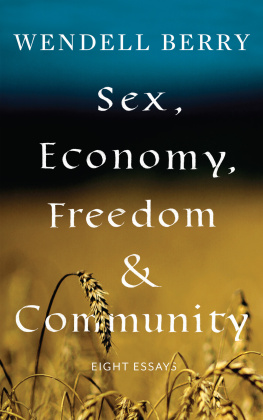

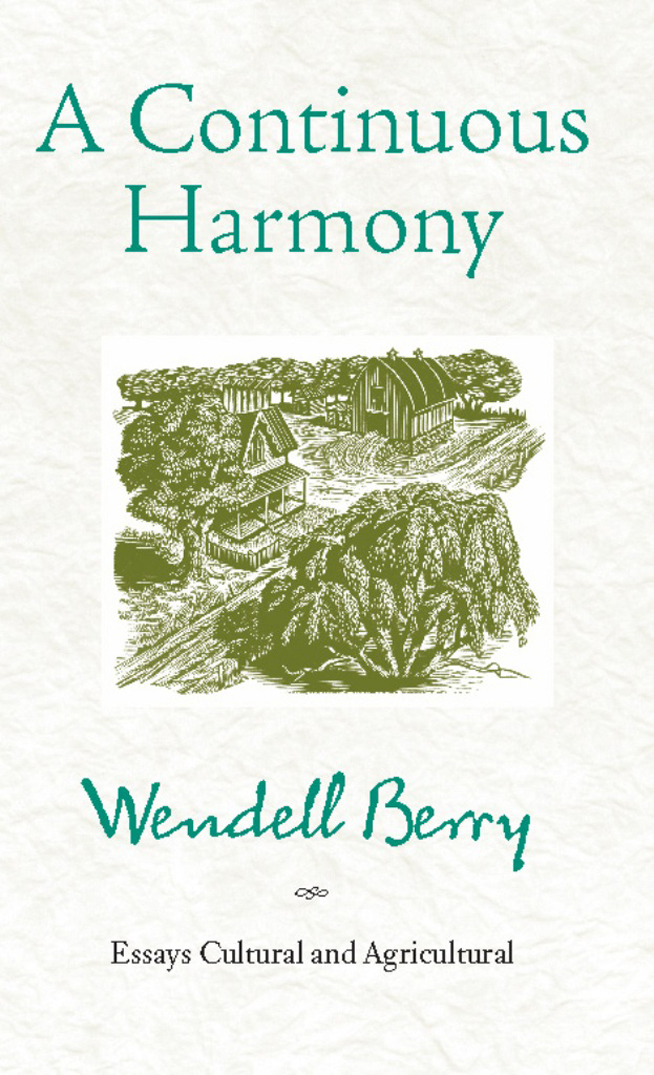


 ONE OF THE MOST exciting and vital kinds of poetry being written now in this country is nature poetry. There is some danger of oversimplification in saying so, for you will not find many poets, if any, who are writing only about nature; those who are writing the best nature poems are also writing well on other subjects: the city, love, marriage, politics, war, history, art, and so on. But running through the work of such poets as Gary Snyder, Denise Levertov, and A. R. Ammons, there is a sustained attentiveness to nature and to the relation between man and nature.
ONE OF THE MOST exciting and vital kinds of poetry being written now in this country is nature poetry. There is some danger of oversimplification in saying so, for you will not find many poets, if any, who are writing only about nature; those who are writing the best nature poems are also writing well on other subjects: the city, love, marriage, politics, war, history, art, and so on. But running through the work of such poets as Gary Snyder, Denise Levertov, and A. R. Ammons, there is a sustained attentiveness to nature and to the relation between man and nature.